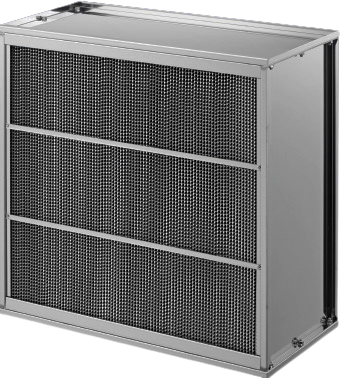Short time-to-market and high production throughput, while meeting quality specifications and regulations and reasonable production costs are accompanying challenges in the pharmaceutical industry. In particular the production of sterile medicine is subject to special requirements to minimize risks of particulate and microbial contamination.
Stringent FDA and GMP guidelines are in place to limit exposure to such contamination, therewith preventing severe harm or life-threatening health risks to the patient.
Dry heat sterilization and depyrogenation are applied to ensure sterility of pharmaceutical aseptic preparations, as imposed by FDA regulation 21 CFR-211.94 and EU-GMP guidelines Annex 1.
Sterile packaging. A critical manufacturing step with increasing demand.
For aseptic preparations, such as vials, ampoules, cartridges or prefilled syringes, terminal sterilization of the final container is not possible. The glassware therefore has to be rendered free from harmful contaminants that might affect the medicine, before filling. Depending on the process, either dry heat sterilization or depyrogenation is applied.
Sterilization is typically applied in the 160 - 180 °C temperature range, to render a product free from living microorganisms. Depyrogenation aims to remove or inactivate endotoxins for which higher temperatures are required in the bandwidth of 200 - 350 °C, taking place in either static ovens or in tunnels for automatized, continuous processes.
Because of the increasing demand for pyrogen-free sterile packaging and for fast, safe and efficient processing, dry heat depyrogenation nowadays represents one of the most critical steps in the sterile medicine manufacturing process.


 FHK Polska
FHK Polska PureMedion Kft.
PureMedion Kft. Elfa spol. s r. o.
Elfa spol. s r. o. Ecotip d.o.o.
Ecotip d.o.o.



